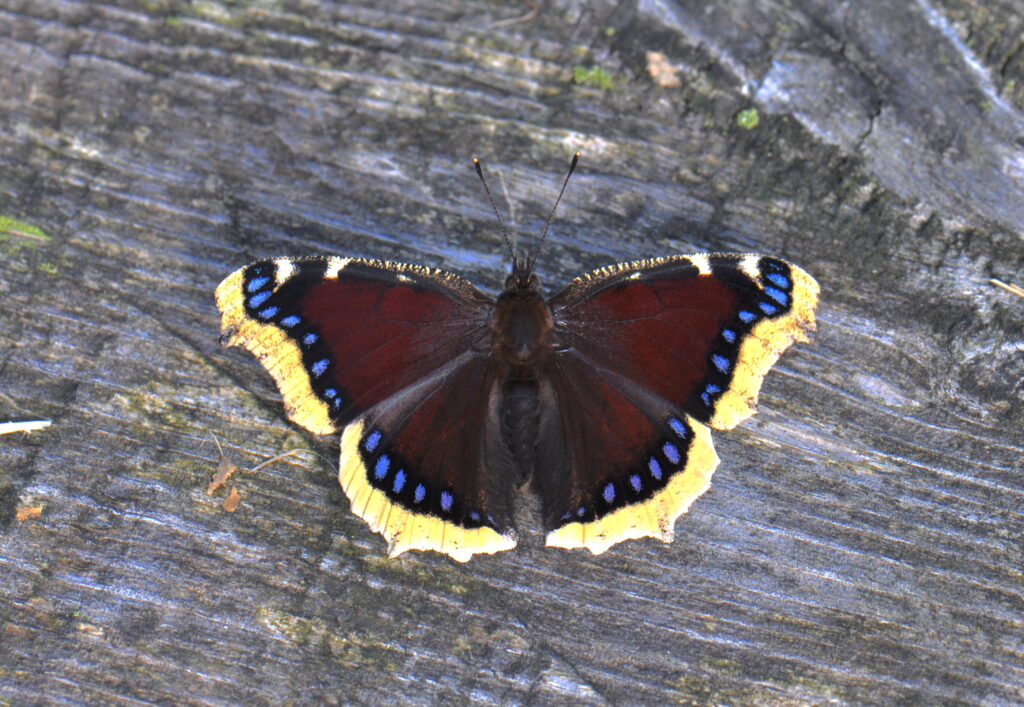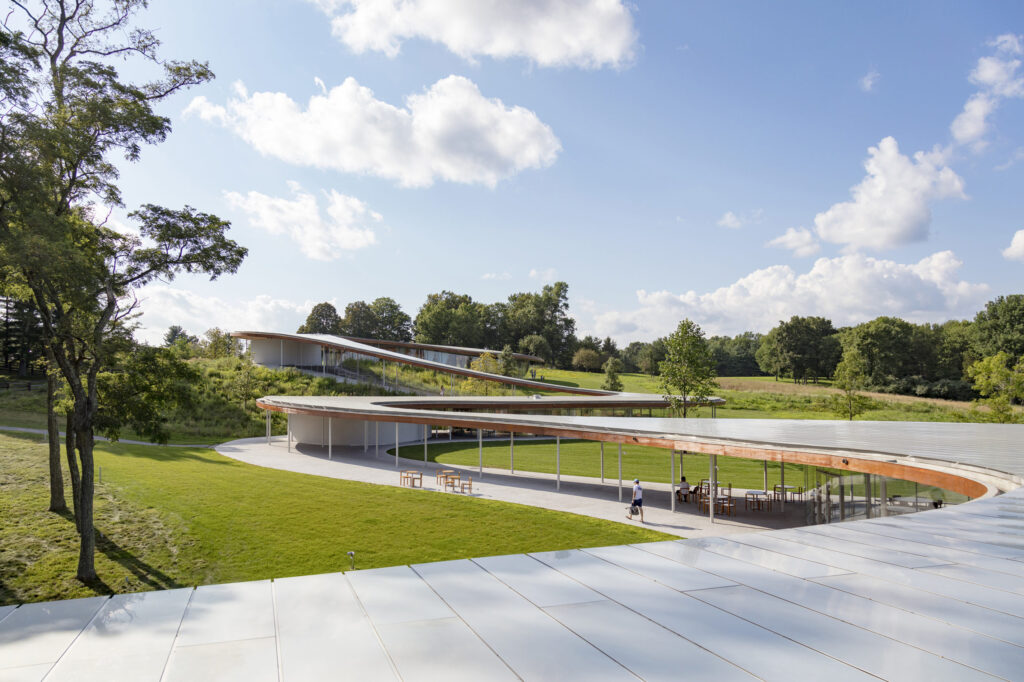These days, with one foot in winter and one foot in spring, it feels unusual to see a butterfly flitting about. How in the world is that possible?
Moths and butterflies are tougher than you think. Having been around for over 200 million years, they have adapted to survive in most climates and are on every continent except Antarctica. And surprisingly, in New England, more species of butterflies over winter than migrate.
Moths and butterflies are tougher than you think. Having been around for over 200 million years, they have adapted to survive in most climates and are on every continent except Antarctica.
Butterflies have such an amazing life cycle. But if they’re not all migrating, where do they go? How do butterflies survive winter in New England?
Moths and butterflies are classified in the order Lepidoptera, part of the class Insecta. All insects are cold-blooded, or ectothermic. Ectotherms are organisms that rely on external heat sources to regulate their body temperatures.
Take a walk on a sunny, late winter day in Connecticut and you might catch a glimpse of the beautiful Nymphalis antiopa, or Mourning Cloak, flying about or perched in a tree soaking up the warmth of the sun.

Mourning Cloak, photo by Pavel Kirillov
Native Butterfly that Overwinters
This native butterfly is one of the few butterfly species that overwinter as an adult in New England. Most will overwinter in the larval form as a chrysalis or cocoon, wrapped up in a leaf or other shelter referred to as a hibernacula. Some species may overwinter in egg stage, such as the Banded Hairstreak. This is a more recent discovery, as their range has extended into southern Connecticut and Rhode Island.
Mourning Cloaks produce a type of ‘antifreeze’ that gels and keeps them from freezing up until a certain temperature, called a supercooling point. The supercooling point varies amongst Lepidoptera species, and insects in general. To further increase their odds of winter survival, they’ll seek protection from insulating snow, leaf debris, or a structure.
Mourning Cloaks produce a type of ‘antifreeze’ that gels and keeps them from freezing up until a certain temperature, called a supercooling point.
The Mourning Cloak is a widespread butterfly, known in the UK as the Camberwell Beauty. With its lovely wing spread of about three inches, the upper, or dorsal, surfaces are a deep maroon with a sub marginal black band. In this band, you’ll see a series of light blue spots and a yellow marginal band. When the wings are closed, the underside or ventral surface resembles the colorations of wood or bark. It’s very good camouflage!
The adults live for nearly a year, which is quite long for a butterfly (Allen 1997, Wagner 2005). These graceful flyers are also known to fake death when attacked by predators (Cech and Tudor 2005). In the spring, the adult lays a large cluster of eggs—around 30-50—in a single layer around the stem of a host plant. Their favorite is Willow (Salix), but they will also feed on Birch (Betula), Elm (Ulmus), or Cottonwood( Populus). The eggs hatch and the caterpillars will feed in groups, maturing into adults in early summer.
In the New England Area, They Can Have One or Two Generations
The adults love mud, sap, and rotten fruit, with an occasional stop on a flower for nectar. As the summer heats up the adults will undergo a summer dormancy referred to as aestivation. As the weather cools, they will feed, building up reserves to survive the winter. In the New England area, they can have one or two generations, dependent on resources and weather.

While winter seems like it’s a time for all of nature to rest, there is still much going on. Our year-round nature programing adopts to each season, providing visitors a unique perspective into the wonders of nature. Above is our Library, where visitors can learn more about our work.
Here at Grace Farms, we are very excited to share the stories of these wonderful awe inspiring butterflies, as we celebrate the natural world!
By Kimberly Kelly, Director of Horticulture
For more information about the wonders of butterflies, read Kim’s blog on “Why are Butterflies Important?”
________________________
Kimberly Kelly brings over 25 years of experience to Grace Farms. During her career, she has fostered inclusive and meaningful ways to connect the public to the natural world, through horticulture, ecology, and regenerative land-use practices using both formal and informal educational programs.
Kimberly currently serves as member of the Board of Directors of the Connecticut Master Gardener Association and is the President of the Board of Director of the International Association of Butterfly Exhibitors and Suppliers. Learn more.
________________________
About Grace Farms Foundation

The River building at Grace Farms is embedded in nature. Nearly 80 acres of natural and diverse landscapes surround the award-winning River. (photo by Sahar Coston-Hardy)
We bring together people across sectors to explore nature, arts, justice, community, and faith at the SANAA-designed River building and Barns, on 80 acres of publicly accessible natural landscape.
Our humanitarian work to end modern slavery and foster more grace and peace in our local and global community includes leading the Design for Freedom movement to eliminate forced labor in the building materials supply chain.
This collaborative approach to comprehensively address humanitarian issues and generate new outcomes is reflected across all of our initiatives and the place of Grace Farms.
Membership
Grace Farms members can visit without advance registration and enjoy a 20% discount on paid programs, retail, and dining, invitations to members-only gatherings, complimentary events, and a welcome gift from Grace Farms Tea & Coffee.
Becoming a member helps us advance our mission to pursue a more peaceful world and supports the preservation of the River building and its surrounding 80 acres.
For more information, visit gracefarms.org/membership.
Visit our calendar of events to learn more about upcoming programs.
Sign-up for our newsletter
Follow us
@gracefarmsct #gracefarms

